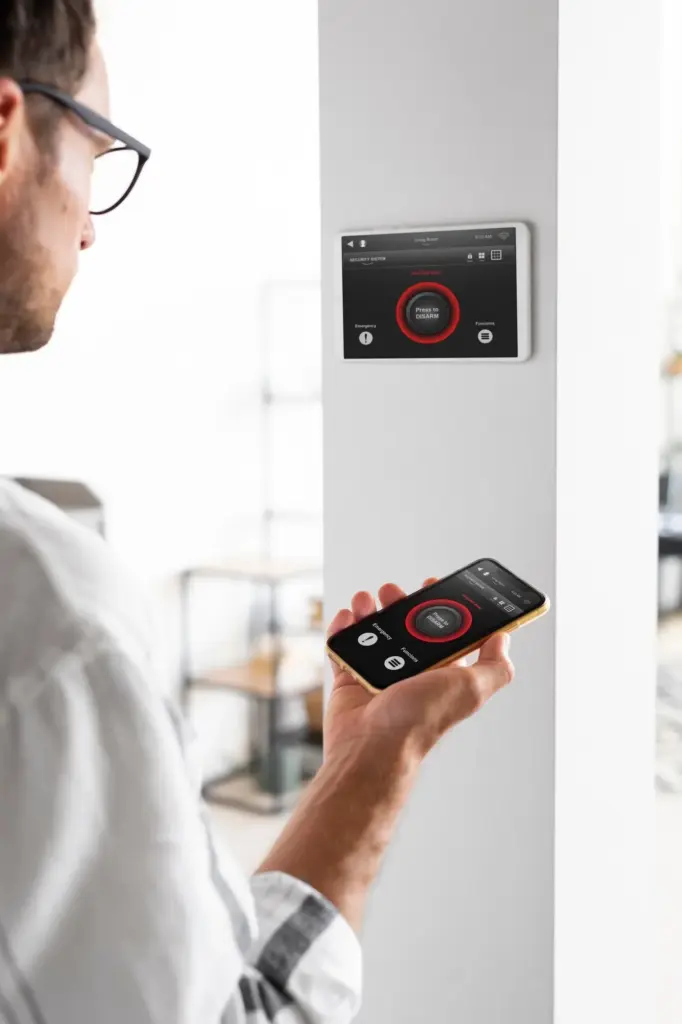Build a Smart Home That Plays Nice Together
Protocols Under the Hood: Matter, Zigbee, Z‑Wave, Thread, and Friends
When Mesh Matters: Reliability vs Congestion
Mesh can be a miracle or a megaphone for noise. Dense Zigbee deployments benefit from stable routers, quiet channels, and thoughtful power outlet placement, while Thread prefers a few capable border routers instead of random scatter. Watch child device limits, interference from microwaves and baby monitors, and chatty bulbs overwhelming slower sensors. Map the mesh, prune duplicates, and test recovery by pulling power. Share your before‑and‑after screenshots to help others demystify their network.
Bandwidth, Range, and Power: Picking the Right Radio
Not every device needs the same pipe. Battery sensors love Thread’s low power and fast rejoin, sub‑GHz Z‑Wave wins in thick walls, and Zigbee remains a steady workhorse for lighting. Cameras and high‑bitrate devices still belong on Wi‑Fi, ideally separated from latency‑sensitive automations. Bluetooth LE is handy for provisioning or presence, not whole‑home control. Match the radio to the job, room size, and construction, then tell us which mix finally stopped your unreliable toggles.
Choosing the Right Hub or Controller

Local‑First Control and Offline Resilience

Automation Engines: Scenes, Routines, and Complex Logic
Security, Privacy, and Updates Without Panic
Real‑World Scenarios and Migration Paths

Performance, Latency, and Reliability You Can Feel

Channel Planning Across Wi‑Fi, Zigbee, and Thread

Strategic Placement of Routers, Hubs, and Repeaters
Future‑Proofing and Buying Guides That Respect Budgets
Checklist Before You Buy the Next Sensor or Plug
Confirm protocol compatibility, hub support, available drivers, and firmware history. Read power draw and battery life claims skeptically, then cross‑check community reports. Check dimensions for tight outlets, and ensure failsafe behavior after power loss. Look for clear reset procedures, and whether the vendor commits to Matter or Thread. Post your intended use and constraints, and we’ll sanity‑check the pick against similar models that might be cheaper, sturdier, or easier to automate.
Balancing Price, Quality, and Firmware Longevity
A bargain that dies early is expensive. Weigh price against radio stability, update cadence, and vendor exits. Premium bridges like Lutron often outlast trendy bulbs, while mid‑range plugs with reliable relays beat flashy features. Consider total ownership: time spent re‑pairing, support responsiveness, and interoperability paths. Start small, validate performance, then scale. Share what you can spend and how you measure success, and we’ll propose options that honor both wallet and patience.
All Rights Reserved.